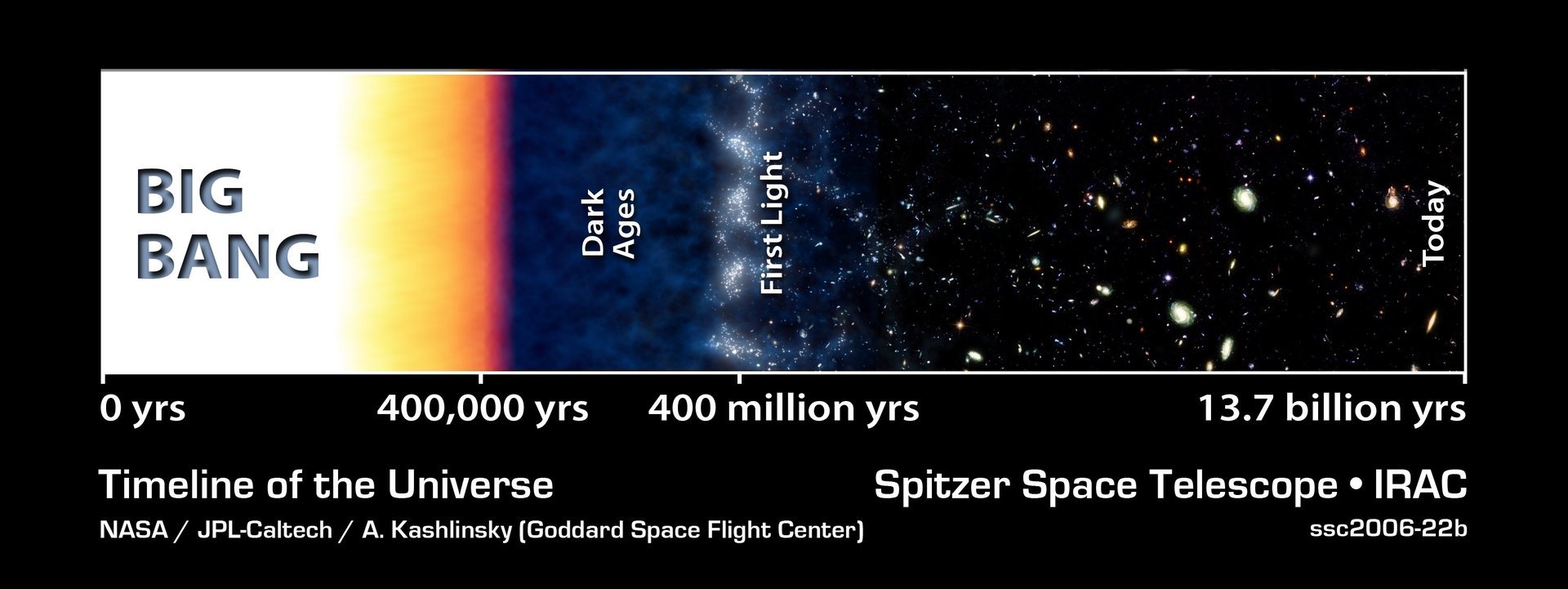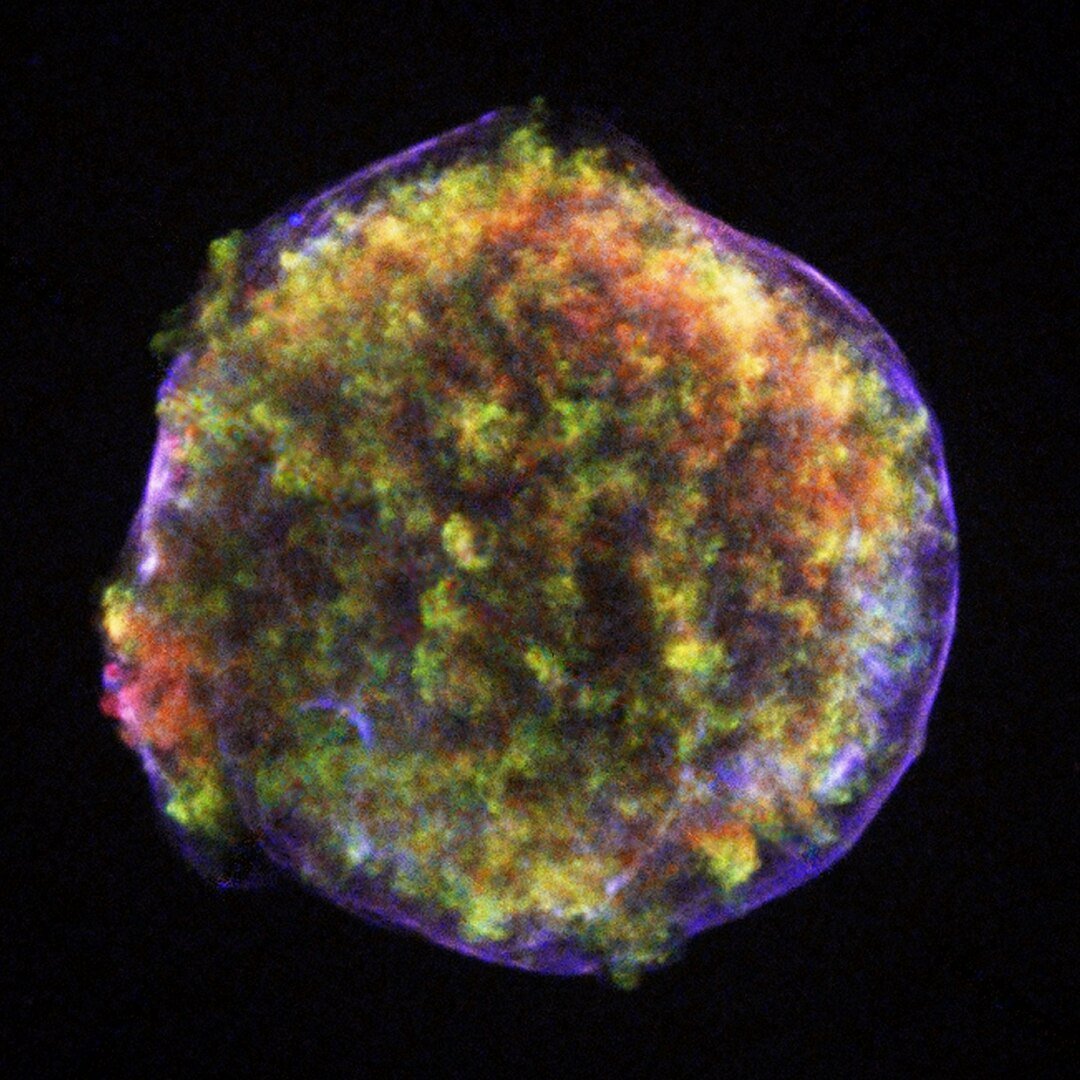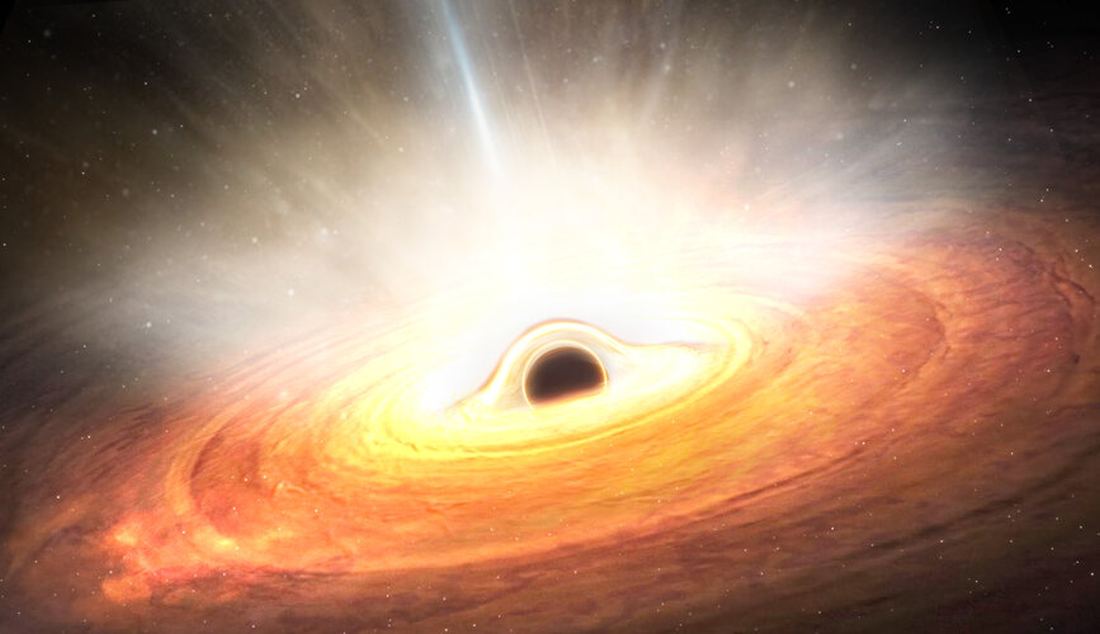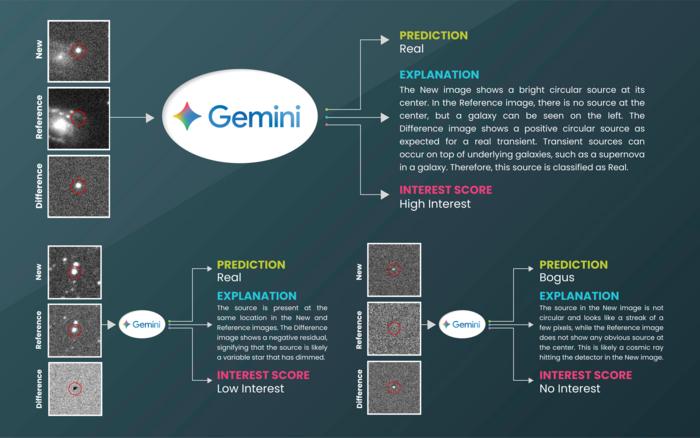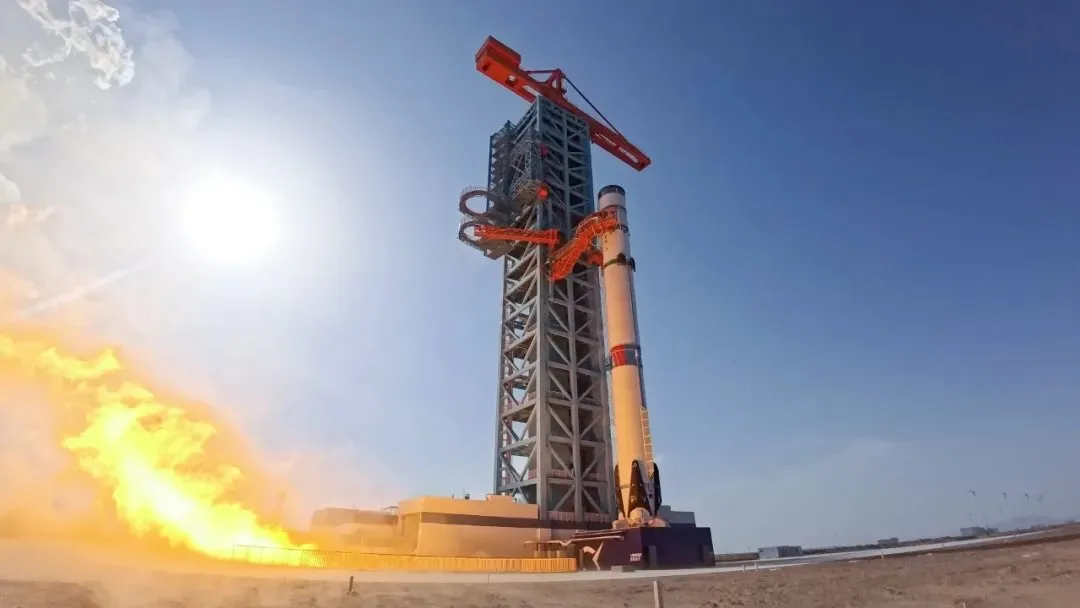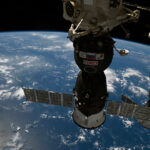Researchers at Kyushu University have found that rising CO2 levels in our atmosphere could lead to future disruptions in shortwave radio communications, including systems used for air traffic control, maritime
We cannot see directly beyond the cosmic microwave background, which means we can’t directly observe the first 380,000 years of the Universe. But there are indirect ways we might observe
The famous Tycho supernova of 1572, witnessed by Danish astronomer Tycho Brahe, didn’t explode in empty space as has been assumed. New analysis reveals it detonated inside a planetary nebula,
Dark matter has two central properties: it has mass like regular matter, and unlike regular matter, it reacts weakly or not at all with light. Neutrinos satisfy these two criteria,
Japan’s space agency successfully launched Sunday its most powerful flagship H3 rocket, carrying a newly developed unmanned cargo spacecraft for its first mission to deliver supplies to the International Space
On October 18, 2025, the 4-meter Multi-Object Spectroscopic Telescope (4MOST) facility, installed on the VISTA telescope at the European Southern Observatory’s (ESO) Paranal Observatory in Chile, obtained its first light.
In a recent paper, a team of researchers proposes how humanity may someday relocate its entire civilization near the center of our galaxy to take advantage of the relativistic effects
How can artificial intelligence (AI) help astronomers identify celestial objects in the night sky? This is what a recent study published in Nature Astronomy hopes to address as an international
Threats from space aren’t always obvious, but statistically, it’s only a matter of time before one of them happens. One of the most concerning for many space experts is a
On Monday, Chinese company LandSpace executed a static-fire test with its 217-foot-tall Zhuque-3, a reusable rocket that China hopes will rival SpaceX. The rocket is on the way to its
-
 012024 in Review: Highlights from NASA in Silicon Valley
012024 in Review: Highlights from NASA in Silicon Valley -
 02Panasonic Leica Summilux DG 15mm f/1.7 ASPH review
02Panasonic Leica Summilux DG 15mm f/1.7 ASPH review -
 03How New NASA, India Earth Satellite NISAR Will See Earth
03How New NASA, India Earth Satellite NISAR Will See Earth -
 04And Thus Begins A New Year For Life On Earth
04And Thus Begins A New Year For Life On Earth -
 05Astronomy Activation Ambassadors: A New Era
05Astronomy Activation Ambassadors: A New Era -
06SpaceX launch surge helps set new global launch record in 2024
-
 07Space Force plans new ‘Futures Command’ amid pressure to speed up modernization
07Space Force plans new ‘Futures Command’ amid pressure to speed up modernization


